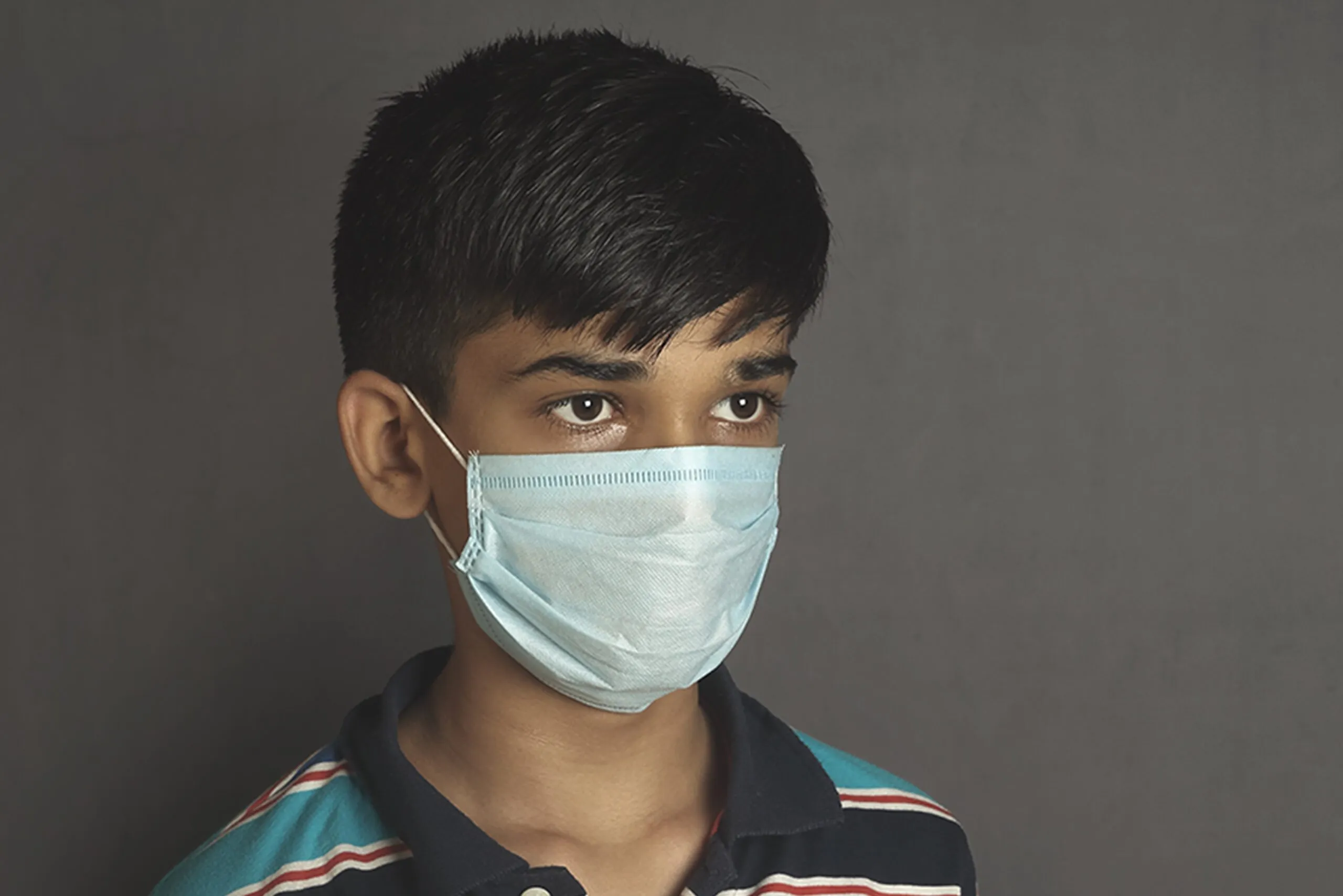Additionally, there is a lot of variation between districts. For instance, the prevalence of hypertension is nearly 17% in Jalgaon and almost 30% in Ratnagiri. There aren’t enough localized interventions to lower the prevalence of lifestyle diseases; a district health officer told the media outlet.
Mumbai: The ongoing door-to-door campaign for screening non-communicable diseases (NCD) has revealed a 14% prevalence of hypertension and a 6% prevalence of diabetes among women living in rural areas of Maharashtra, highlighting once again that lifestyle diseases are no longer restricted to urban areas. Doctors note that the state is not doing much to implement the policies required to reduce the rising burden of lifestyle ailments.
Around September, a campaign called “Mother is safe, home is safe” was launched in the state to detect preventable diseases in women who might not be going for checks proactively until they showed symptoms. 70,923 (14%) of the 5.04 lakh women who underwent hypertension screening tested positive. Out of the more than 500,000 people screened, nearly 30,000 had diabetes. The NFHS-5 survey discovered that the prevalence of hypertension was almost 23% in rural women, so the figures may need to be more accurate.
Additionally, there seems to be a lot of variation between districts. For instance, the prevalence of hypertension is nearly 17% in Jalgaon and almost 30% in Ratnagiri. There aren’t enough localized interventions to lower the prevalence of lifestyle diseases; a district health officer told the media outlet. The officer stated that “the state has to do much more to increase awareness of the harms of junk food, excess salt, and leading an inactive lifestyle,” adding that heart attack and stroke deaths are also steadily increasing in rural areas. Dr. Daksha Shah, joint executive health officer, reported that 3,132 hypertension and 2,440 cases of diabetes were discovered among women in Mumbai.
According to Dr. Padmaja Jogewar, joint director (NCD), the statistics from Maharashtra are not shocking. Still, they highlight that women in rural areas are not exempt from the twin epidemics of diabetes and hypertension. She also claimed that risk factors like poor eating habits, sedentary lifestyles, and stress exist in rural areas.




